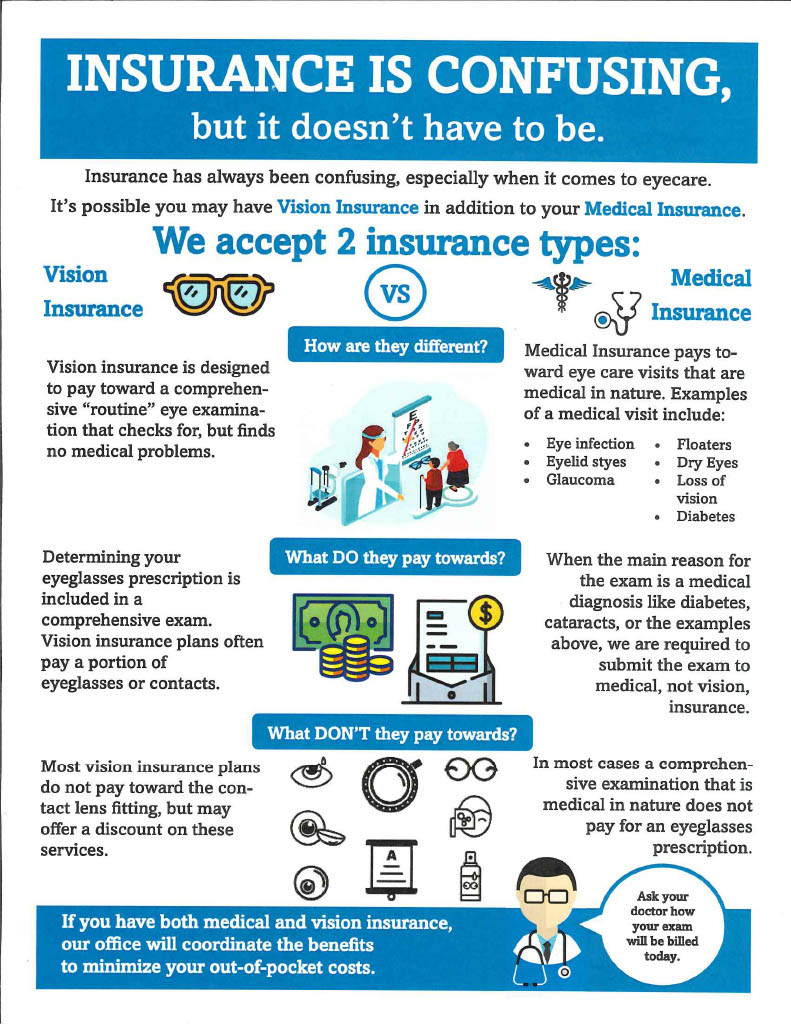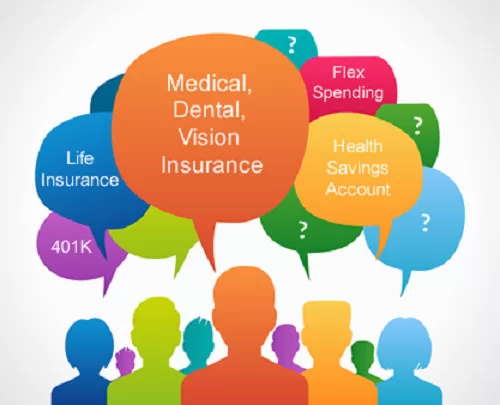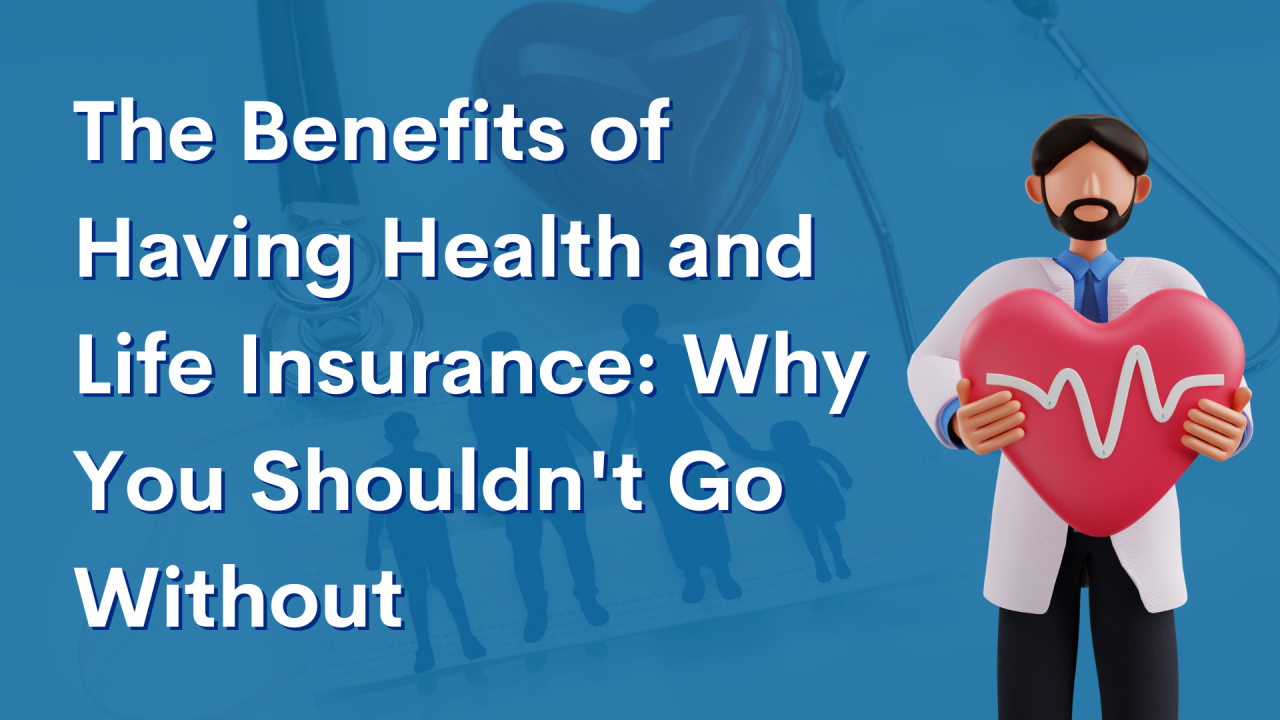Medicare Advantage Agent Things To Know Before You Buy
Medicare Advantage Agent Things To Know Before You Buy
Blog Article
See This Report on Medicare Advantage Agent
Table of ContentsThe Main Principles Of Medicare Advantage Agent Medicare Advantage Agent for DummiesRumored Buzz on Medicare Advantage Agent

follows from perplexing the reasonably young age profile of the uninsured with the better health, on standard, of more youthful persons. This obscures the web link in between wellness status and wellness insurance coverage. For those without access to workplace wellness insurance policy, bad health is a potential barrier to purchasing nongroup protection since such insurance coverage may be highly valued, omit preexisting problems, or be just inaccessible. The number of without insurance Americans is not particularly huge and has not altered over the last few years. 7 out of ten participants in a nationally representative study thought that less Americans did not have medical insurance than actually do(Fronstin, 1998). Approximately fifty percent(47 percent )thought that the number of people without medical insurance reduced or remained constant over the latter half of the last decade(Blendon et al., 1999). This drop of virtually 2 million in the variety of individuals 'without insurance policy (a decrease
of about 4 percent)is definitely a positive adjustment. With a softer economic climate in 2000 the most current reported gains in insurance protection might not proceed(Fronstin, 2001 ). The decline in the variety of without insurance will not proceed if the economy continues to be sluggish and healthcare prices remain to surpass rising cost of living. This is due to the fact that the data were collected for a period of solid financial efficiency. Of the approximated 42 million people that were uninsured, almost about 420,000(concerning 1 percent)were under 65 years old, the age at which most Americans become eligible for Medicare; 32 million were grownups between ages 18 and 65, around 19 percent of all adults in this age; and 10 million were kids under 18 years of age, concerning 13.9 percent of all kids (Mills, 2000). These estimates of the number of persons without insurance are produced from the annual March Supplement to the Present Populace Study (CPS), performed by the Demographics Bureau. Unless or else kept in mind, nationwide price quotes of individuals without medical insurance and percentages of the population with different sort of coverage are based on the CPS, one of the most commonly utilized resource of price quotes of insurance policy coverage and uninsurance rates. These surveys and the estimates they generate are described briefly in Table B. 1 in Appendix B - Medicare Advantage Agent. These studies vary in size and sampling approaches, the concerns that are asked about insurance policy
The Main Principles Of Medicare Advantage Agent
coverage, and the time duration over which insurance policy protection or uninsurance is determined(Lewis et al., 1998, Fronstin, 2000a ). Still, the CPS is especially valuable because it creates annual price quotes reasonably rapidly, reporting the previous year's insurance click here to read protection approximates each September, and since it is the basis for a constant set of quotes for even more than 20 years, enabling evaluation of fads in insurance coverage gradually.

Medicare Advantage Agent for Beginners
The connection between health and wellness insurance and my company accessibility to care is well developed, as recorded later on in this phase. The relationship in between health insurance policy and wellness results is neither direct neither easy, a substantial medical and health services study literary works web links wellness insurance policy protection
to improved access to care, better far betterTop quality and improved boosted individual population populace health and wellnessCondition The 2nd record, on personal wellness outcomes for without insurance grownups, is stood for by the innermost circle of the number, while the 3rd report, on family members wellness, includes the topics of the second report yet emphasizes a various unit of evaluation, namely, the family.
It concentrates specifically on those without any health and wellness insurance coverage for any type of size of time. The issues encountered by the underinsured remain in some aspects similar to those faced by the without insurance, although they are usually much less severe. Uninsurance and underinsurance, nonetheless, involve distinctly various policy problems, and the techniques for resolving them might vary. Throughout this research study and the 5 reports to follow, the primary emphasis is on individuals without medical insurance and therefore no aid in spending for health and wellness treatment past what is offered through charity and safeguard establishments. Health and wellness insurance is an effective element affecting invoice of care because both great site patients and doctors react to the out-of-pocket cost of services. Health insurance, however, is neither essential neither enough to access to clinical services. Nevertheless, the independent and straight effect of health and wellness
insurance coverage on access to health and wellness solutions is well developed. Others will obtain the healthcare they need also without wellness insurance policy, by paying for it out of pocket or seeking it from providers that offer treatment free or at extremely subsidized prices. For still others, medical insurance alone does not make sure receipt of care because of various other nonfinancial barriers, such as an absence of wellness care suppliers in their community, limited access to transport, illiteracy, or linguistic and social distinctions. Official research study about uninsured populaces in the United States dates to the late 1920s and early 1930s when the Board on the Price of Treatment generated a series of records concerning funding medical professional workplace brows through and hospital stays. This issue came to be prominent as the numbers of medically indigent climbed during the Great Anxiety. Empirical studies consistently support the web link between access to care and boosted health end results(Bindman et al., 1995; Starfield, 1995 ). Having a routine resource of treatment can be taken into consideration a forecaster of gain access to, rather than a straight step of it, when wellness outcomes are themselves made use of as gain access to indications. This expansion of the concept of access measurement was made by the IOM Committee on Checking Access to Personal Healthcare Solutions(Millman, 1993, p. Whether or not moms and dads are guaranteed shows up to influence whether their children get care along with just how much careeven if the kids themselves have protection(Hanson, 1998). The health and wellness of moms and dads can impact their capability to take care of their children and the degree of family members stress and anxiety. Stressing over their children's accessibility to care is itself a resource of stress and anxiety for parents. Three chapters adhere to in this record. Phase 2 provides a summary of how employment-based medical insurance, public programs and private insurance plan operate and interact to give comprehensive but insufficient insurance coverage of the U.S. populace. This consists of a testimonial of historic trends and public policies affecting both public and exclusive insurance coverage, a conversation of the interactions amongst the various types of insurance, and an examination of why individuals move from one program to one more or finish up

Report this page